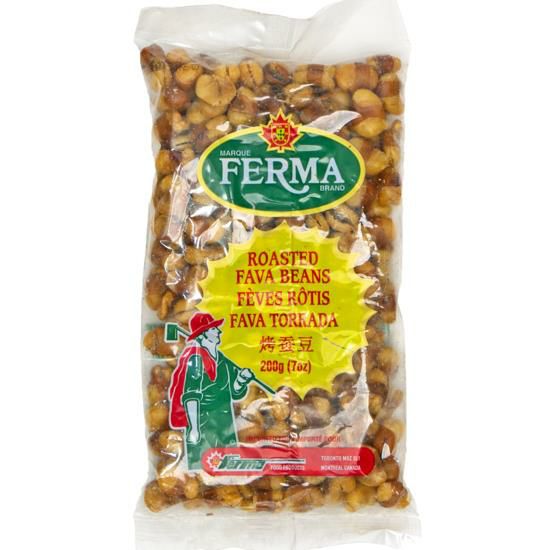Green Neck Lager Recipe

Green Neck Lager (21 Litres)
Belgium is known for flavoursome beer styles, the majority of these being ale. So it’s reasonable to expect their lager beer to be well made with an appealing hop aroma, mouth-filling taste and clean finish. Using Coopers European Lager to a reduced volume will concentrate the flavour and lift the alcohol content to approximately 5% ABV, typical of this style.
Ingredients
- 1.7kg European Lager
- 1lb Light Dry Malt
- 500g Coopers Brew Enhancer 1
- Dextrose Corn Sugar
Features:
- Colour: Straw
- Body: Medium
- Bitterness: Medium
- Approx. Alcohol Level: 5.0% ABV
- Naturally Carbonated: Natural
Instructions:

STEP 1: Mix
Dissolve Coopers Light Dry Malt as per instructions on the top flap. Add Coopers European Lager and Brew Enhancer 1 to the mix and dissolve. Fill the fermenter with cool water to the 21 litre mark and stir. Sprinkle supplied yeast over the wort surface and fit the lid. Ideally, start the ferment near 24C then over 12 to 24 hours let the temp' fall to 15C and maintain this temp' until finished.

STEP 2: Brew
Some physical differences when fermenting with Lager yeast: * Less foam and barely noticeable scum ring. * Less CO2 produced and longer ferment time. * Ferments more thoroughly - Lower FG achieved. * May produce an eggy smell (this will dissipate with bottle age). Due to lower temperature and longer ferment time cleanliness and sanitation is even more important when making Lager beer. Fermentation may take 2 to 3 weeks. To avoid the risk of overcarbonation - glass bottles may explode. Only bottle your brew when the fermentation process is complete. Fermentation is complete when the density of the brew remains constant over 2 days. We recommend the use of a hydrometer to check the specific gravity (density) of your brew.

STEP 3: Bottle
Bottle once the specific gravity is stable over 24hours. Expect a longer ferment time than usual. We recommend the use of PET bottles or reusable glass bottles designed for storing beer. Bottles need to be primed so that secondary fermentation (producing the gas in the bottle) can take place.
Priming
Add carbonation drops at the rate of 1 per 330ml/375ml bottle and 2 per 740ml/750ml bottle. Sugar or dextrose may be used at the rate of 8g per litre (approximately 6g of sugar to a level metric teaspoon). Store the bottles out of direct sunlight at 18C or above for at least 1 week while secondary fermentation occurs. Your beer can be consumed after 2 weeks. Bottles may be stored (conditioned) for long periods of time (3 months or more). Conditioning should improve flavour, reduce the size of the bubbles and make the yeast sediment more compacted.
STEP 4: Enjoy!
While we recommend leaving your bottles to condition at or above 18C for at least 2 weeks - Lagers generally benefit from further conditioning. Any slight sulphur aroma should dissipate with further conditioning. Lagers are usually served very cold and bright. Keep your bottles standing upright and pour the brew in the one motion leaving the sediment behind in the bottle.




Leave a comment